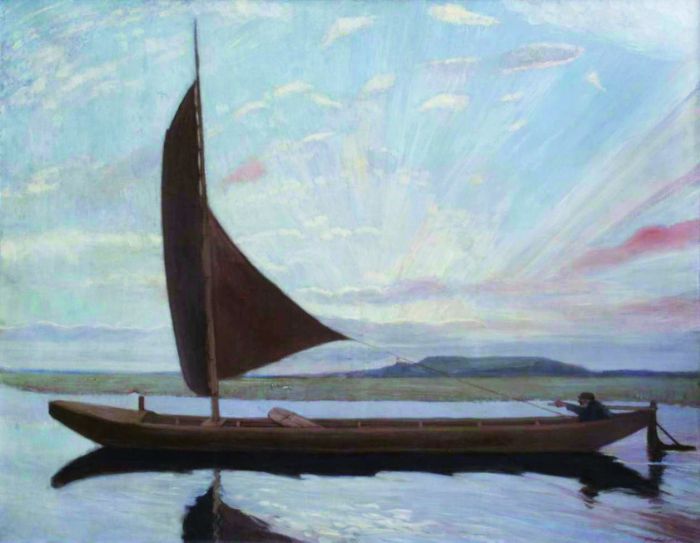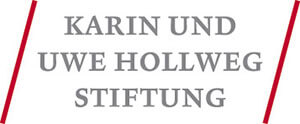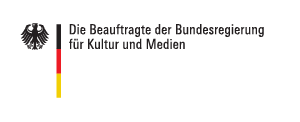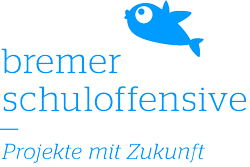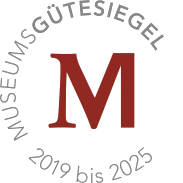
Exhibitions Archive
Fritz Mackensen – The Controversial Inventor of Worpswede
Fritz Mackensen (1866-1953) is probably the most controversial figure among the Worpswede painters. The ambitious art student from a humble background had been traveling regularly to Worpswede since 1884 to paint there. Truly, he discovered Worpswede for the art scene. Only years later did Hans am Ende and Otto Modersohn follow him, and even later also Fritz Overbeck and Heinrich Vogeler.
For a long time, Mackensen was considered the most promising of the Worpswede painters. Numerous prizes and medals consolidated his fame, and his successes at exhibitions contributed significantly to the fame of Worpswede.
The great success, however, was followed by the demise: With the end of the First World War, it became apparent that Mackensen had lost the connection to contemporary modern art movements. He was increasingly in financial difficulties, and commissions were rare. At an early age he became involved in German National associations and in 1937 he joined the NSDAP, aged 71 years. His ideological mindset became increasingly apparent in his work, and his further development as an artist suffered from that. The success of the early years did not return: lonely and impoverished, Mackensen died in Worpswede in 1953.
The public awareness of Fritz Mackensen’s dedication to National Socialism made him eventually a persona non grata in retrospect. His works were far less frequently shown posthumously in solo exhibitions than those of his Worpswede painter colleagues, and there are hardly any publications on the life and work of Mackensen. Thus, one of the central chapters in the history of Worpswede and the multifaceted work of one of Worpswede’s most important painters faded into obscurity.
On the occasion of his 150th birthday, the Overbeck-Museum dedicates an exhibition to Fritz Mackensen, which examines both his merits as a painter and the biographical and ideological distortions of his life based on more than 70 largely unknown works from all creative periods of the artist.
